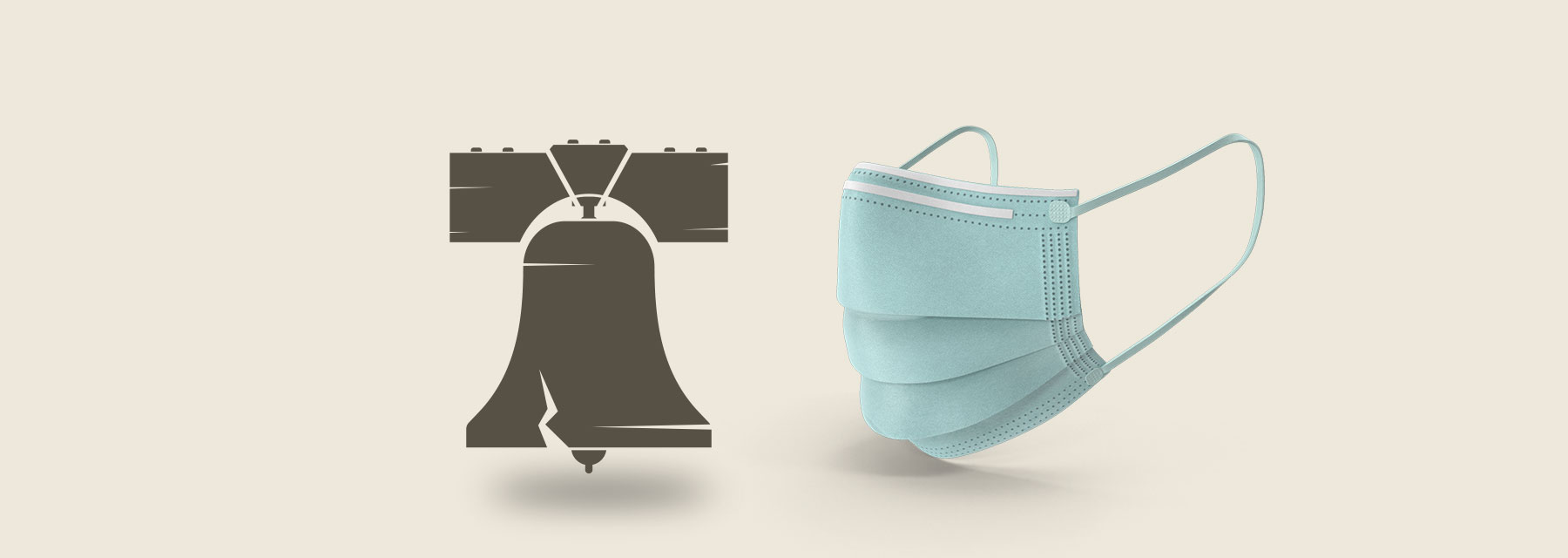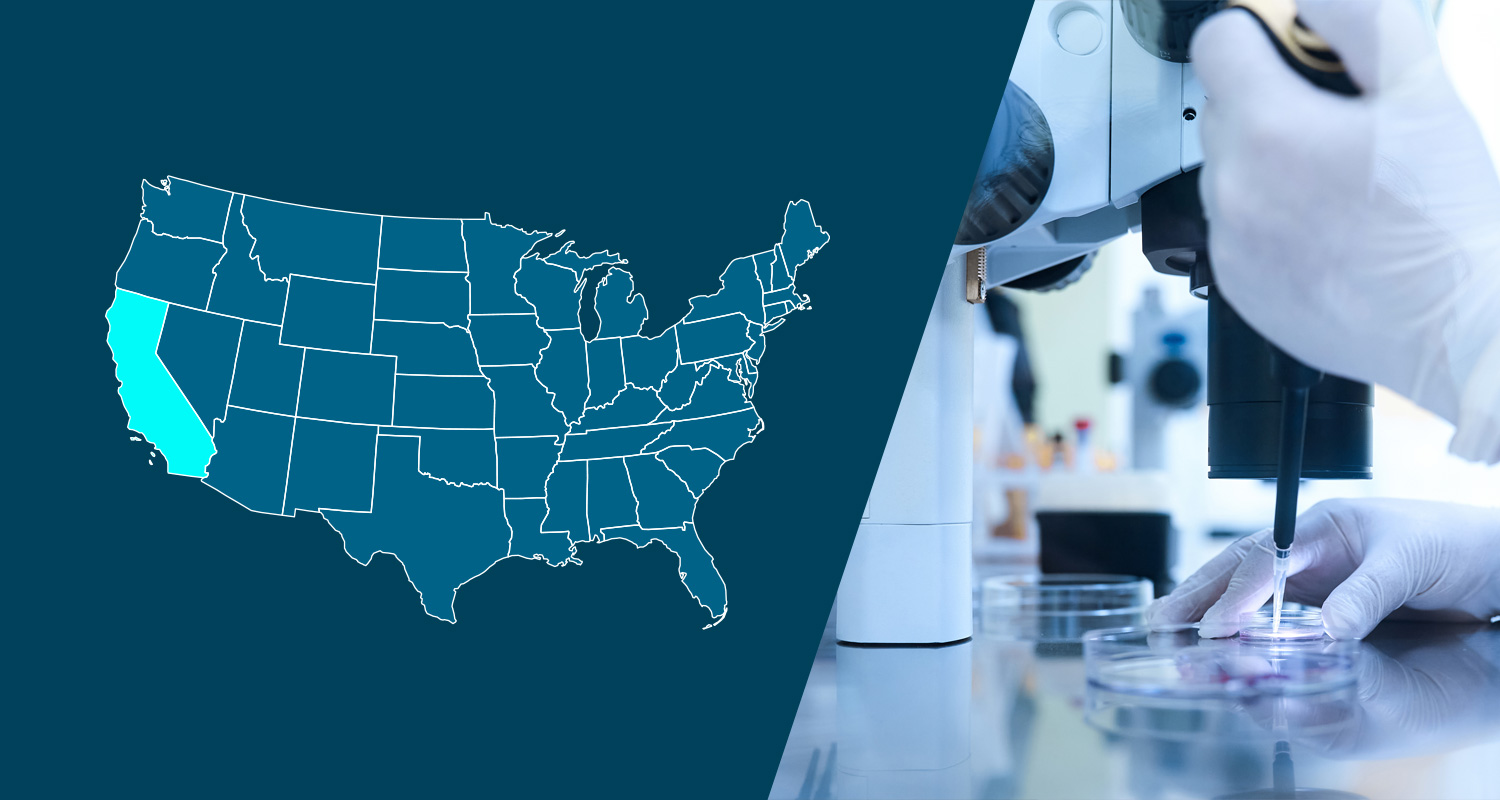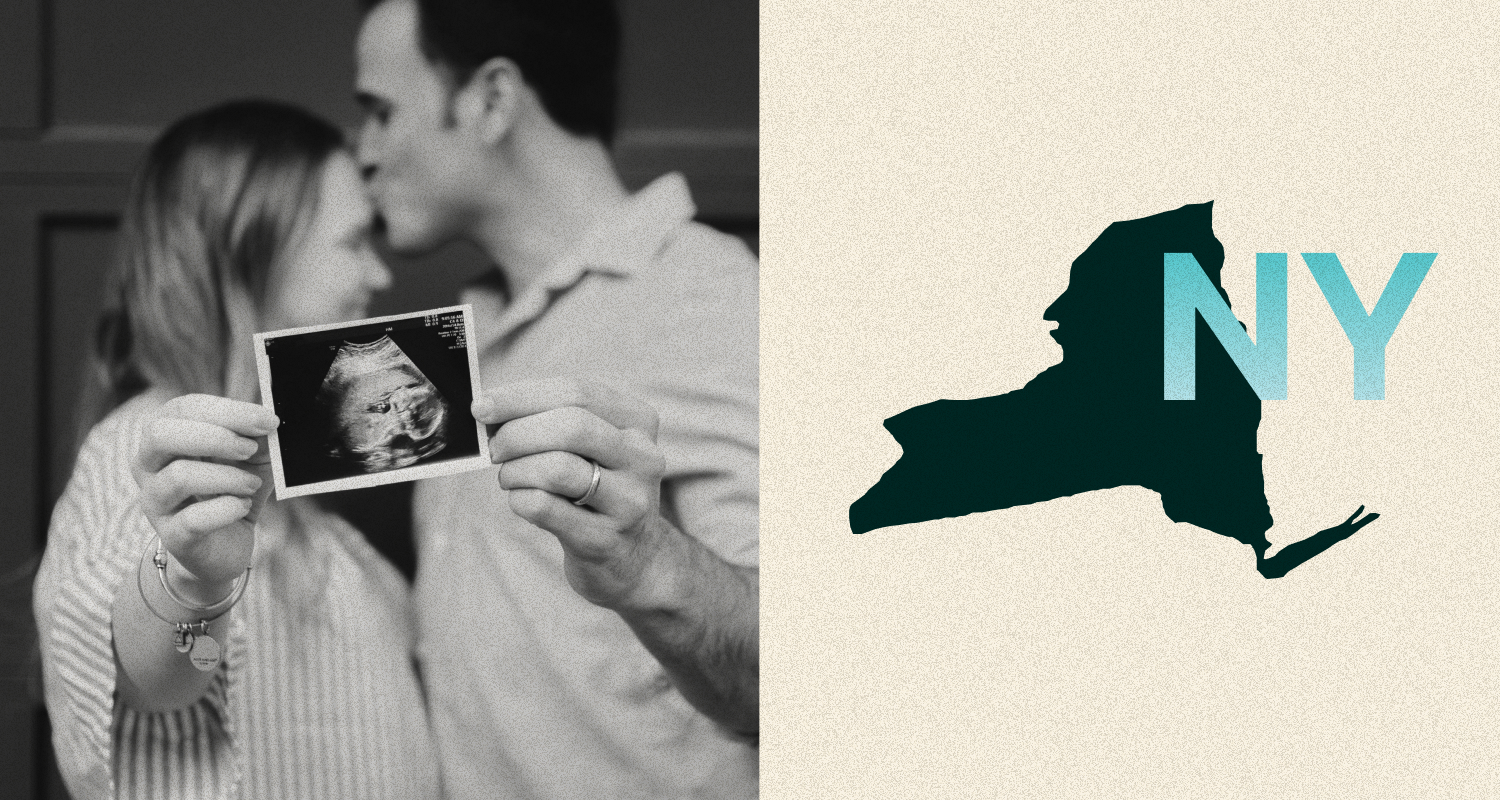On September 17, 2020, Philadelphia Mayor Kenney signed an amendment to the Promoting Healthy Families and Workplaces Ordinance ( “Ordinance”) temporarily requiring new public health emergency leave (“PHEL”) for employees and gig workers who are otherwise not eligible for leave under the federal Families First Coronavirus Response Act (“FFCRA”). For more information about the FFCRA, please visit our blog post.
Who is a Covered Employer?
This law applies not only to “employers” but also “hiring entities,” which means any employer, individual, partnership, association, corporation, business trust, or combination thereof that pays a wage for the services of a covered individual, whether compensation is paid directly or indirectly.
A worker is presumed to be an employee unless the hiring entity can satisfy the worker is an independent contractor under Pennsylvania’s version of the ABC Test.
Who is a Covered Worker?
Covered workers are individuals who perform at least 40 hours of work in Philadelphia per year for one or more employers/hiring entities.
What are the Qualifying Reasons for Leave?
A covered worker may use PHEL when unable to work for one or more of the following reasons:
- Worker is subject to a federal, state, or local quarantine or isolation order related to the public health emergency;
- Worker being advised by a health care provider to self-quarantine due to concerns related to the public health emergency;
- Worker is experiencing symptoms related to the public health emergency and seeking a medical diagnosis;
- Worker is caring for an individual who is subject to an order as described in (a) above or has been advised as described in (b) above;
- Worker is caring for a child if the school or place of care of the child has been closed, or the childcare provider of such child is unavailable, due to the public health emergency;
- Worker is experiencing any other substantially similar condition specified by the United States Secretary of Health and Human Services.
A hiring entity is not required provide PHEL if the covered worker can reasonably telework, considering all relevant circumstances that impact an individual’s ability to telework.
What Qualifies as a Public Health Emergency?
A public health emergency means a declared or proclaimed emergency made by a federal, state, or local official related to a public health threat, risk, disaster, or emergency affecting Philadelphia. The duration of the public health emergency is defined by the start and end dates of the declaration. At the federal level, the current COVID-19 public health emergency declaration remains in effect until further notice. Employers/hiring entities should also be mindful of tracking any state or local declarations as a result of the ongoing pandemic.
Can Employers or Hiring Entities Require Documentation from a Healthcare provider?
No. An employer or hiring entity may only request that a covered worker submit a self-certified statement that leave was used according to the purposes listed above. A self-certification is not otherwise required.
What Amount of Leave Must be Provided?
A hiring entity must provide PHEL for existing employees when a public health emergency is declared or on a covered worker’s hiring date during a public health emergency. The amounts required depend on a covered individual’s average hours worked as follows:
- Individuals who work 40 hours or more per week – entitled to 80 hours of paid leave or an amount of leave equivalent to their average work hours over a 14-day period, whichever is greater, up to a maximum of 112 hours.
- Individuals who work fewer than 40 hours per week – entitled to an amount of leave equal to the number of hours worked, on average, in a 14-day period.
What is the Rate of Pay for PHEL?
PHEL is paid at a worker’s regular rate of pay which may not be less than the state minimum wage. For tipped employees, hiring entities are to follow the standards set forth in the regulations implementing Philadelphia’s Fair Workweek Ordinance. For individuals whose work hours vary from week to week (including gig workers), the employer or hiring entity must calculate the average hours worked in a 14-day period using the following methods:
- A number equal to the average hours the individual worked per day over the six-month period ending on the date the public health emergency was declared, multiplied by 14, including any hours for which the individual took any type of leave;
- If the covered individual has not worked for a six-month period, the calculation is based on the individual’s reasonable expectation of the average number of hours they would normally receive in a typical 14-day period.
How does PHEL Interact with an Employer’s Existing Leave Policies?
Employers/hiring entities may require that PHEL run concurrently with leave mandated by other federal or state laws. Hiring entities do not need to provide additional paid leave if the hiring entity’s existing policy provides an amount of paid sick leave that satisfies or exceeds the amount of PHEL and such paid leave can be used for the same purposes and under all of the same conditions as PHEL.
What are the Notice Posting Requirements?
Employers/hiring entities must notify workers within 15 days of the effective date of the law. While the amendment to the Ordinance does not include an explicit effective date, if we assume the effective date is September 17, 2020, the notice deadline would be October 2, 2020. The posting must be:
- displayed in a conspicuous location, or for virtual workforces, the posting may be sent through electronic communication or posted on a conspicuous location on a web-based platform;
- provided in English and in any language spoken by at least 5% of the workforce;
A model notice has not yet been made available.
What are the Recordkeeping Requirements?
Employers are required to document the amount of PHEL taken and must retain records for two years.
Are there other Prohibitions placed on Employers or Hiring Entities?
Employers are prohibited from retaliation or discrimination against workers for using or attempting to exercise their rights to PHEL.
When Does PHEL Expire?
PHEL expires on December 31, 2020. A hiring entity will not be required to provide a covered worker PHEL or allow a covered worker to use PHEL previously provided after December 31, 2020.
Employer Considerations
Hiring entities are encouraged to review their existing policies and procedures in light of the extended paid sick leave coverage.
Additional Resources
- City of Philadelphia Webpage
- Philadelphia Paid Sick Leave Poster
- COVID-19 Pandemic Paid Sick Leave Resources
- Promoting Healthy Families and Workplaces Ordinance
- Paid Sick Leave Public Health Emergency Amendment
- Philadelphia Department of Health
- Pennsylvania Department of Health
- Sequoia Blog: Families First Coronavirus Response Act Takes Effect April 1st
Disclaimer: This content is intended for informational purposes only and should not be construed as legal, medical or tax advice. It provides general information and is not intended to encompass all compliance and legal obligations that may be applicable. This information and any questions as to your specific circumstances should be reviewed with your respective legal counsel and/or tax advisor as we do not provide legal or tax advice. Please note that this information may be subject to change based on legislative changes. © 2020 Sequoia Benefits & Insurance Services, LLC. All Rights Reserved




